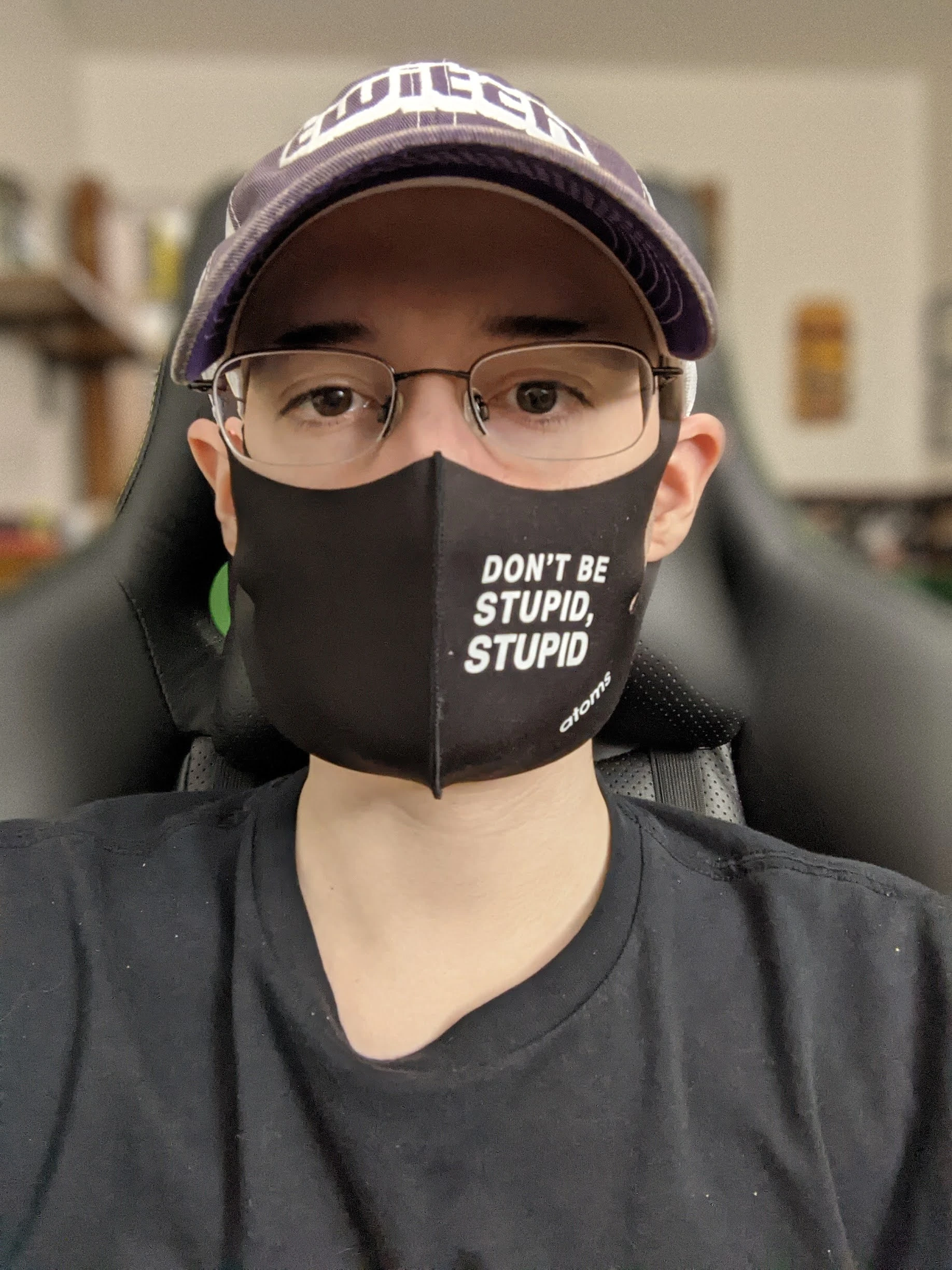Which basically means your least favorite thing about flatpak is flatpak.
Don’t get me wrong,but why do you think it’s so easy to install apps via flatpak?
For me the benefit of having dependencies containerized is well worth the wasted space or system dependency incompatibilities.
Oh yeah for sure, I just thought it was funny. I explicitly install most things through my primary package manager, but for some things in my use case, Flatpak is definitely the call!
benefit of having dependencies containerized
wait just a minute there. So I just not that long ago started playing around with docker containers. And one thing that I love is that it’s not installing and leaving behind leftover dependencies when you remove/uninstall whatever program/app you were using. Are you telling me that Flatpak does that? Because if so that is amazing. And if I ever make the switch from Windows to Linux, I’m definitely using Flatpak (and apt. Fuck snaps)
That’s why I don’t use them. I love the idea, don’t get me wrong, but seeing all these gigabytes being taken away from me hurts. lol
You can save a lot of space by deduplicating the files if you use a file system that supports that (zfs, btrfs, ntfs if you can find a driver the supports it).
I use xfs since it is the only one that I have zero issues with. Also, I don’t need flatpaks (rarely do), the AUR basically has everything I personally need.
Flatpak already does deduplicating for you on all filesystems.
I’ve run into a few programs that rarely got updated on the AUR but got regular Flatpak updates. The AUR wrappers are only so good as the people maintaining them…
I can count my installed AUR programs on my fingers.
Wait, what now?
That sounds awesome!
Flatpak does deduplication already (there are tools you can use to check the stats) but for what remains you can try tools like Duperemove to do some file-level deduplication on file systems that support it.
I’ve cleaned up a couple of gigabytes of duplicates on my BTRFS partition this week, this stuff is almost essential if you deal with stuff like node_modules and Python virtualenvs.
Especially when it installs into your home partition. That just feels like my personal space has been invaded. Had to link it to a folder in /opt
Lol. I might do that if I install a flatpak
I don’t understand (im new to Linux)
So, I only have 3 applications installed through Flatpak (Bottles, discord-screenaudio, and Protontricks), but for compatibility sake Flatpak will have a few different NVIDIA drivers and their 32bit versions installed for application functionality.
Most of the time, between updates I will have 3-4 different ones installed at any given time. It’s nothing super upsetting, but it is “Mildly Infuriating” as its a slight loss of a couple gigabytes of space.
ah that makes a lot more sense, thanks!
as an aside, how has discord-screenaudio been working for you? I saw a couple reviews that said it might steal my discord credentials and held off getting it, but it’d be really nice to be able to share my screen with audio again
I have a secondary discord account I use primarily for streaming, It works pretty well and I haven’t had any issues.
I used to use the secondary account in a web browser and manually patch in the audio to it’s mic input with pipewire and a patch bay.
The main reason I use discord-screenaudio is because I’m lazy and it’s slightly faster than manually doing it; Also it allows you to actually have the audio come out from the stream like on the standard windows client, as opposed to using the mic input for audio.
I don’t understand (I have been using linux for 2 years)
I’m new. I only just took my first few steps into the world of Linux like 2-3 weeks ago to set up a Pi-hole VPN. From what I can gather in other comments is that flatpak is a program that optimizes storage by keeping any program and it’s dependent files in one place instead of having dependencies spread out amongst system folders. The drawback would be that running simple commands like OP did don’t work because the files are either held in an unexpected place according to the repository or they files were technically installed in their respective folders, then moved to their respective container by flatpak which marks them as having been “used”. The other drawback seems to be system overhead. The container system must use a bunch of storage.
That’s what I took from the post and comments anyway.
It doesn’t optimise storage, it does exactly the opposite. The point is to try to reduce dependencies by having everything in one atomic unit. This means if two programmes would use the same library you waste space by having it installed twice, but if two programmes use different versions of the same library you don’t have dependency problems because they each have their own copy to work from. I can see the pros and cons but personally I don’t have a use for it so I avoids it
I used optimize, but what I really meant was organize
yesterday i tried to delete snap-store, it took firefox with it, and then i got no browser to troubleshoot that.
tried to install firefox from flatpak, it installed it but it disappears after restart.
dealing with linux felt like this lately https://m.youtube.com/watch?v=D7OmauE8FEU
had to reinstall ubuntu 3 facking times :/
Next time install Fedora!
2nd Fedora recommendation in a week!
My least favorite thing about Flatpak is that you can’t have KeepassXC and Ungoogled Chromium (both as flatpaks) communication with each other.
I don’t know, man. Unless you’re running on ancient hardware does a few gigs even really matter? I’ve got a 1 TB nvme in my box and I’m using like 300 gigs of it, 200 gigs of which are two Steam games and a few different Proton versions. Surely the 2 gigs shown in that screenshot is almost meaningless in a modern system. I mean you can get a 1 TB Samsung EVO for like 60 bucks on Amazon these days.











